If you are new to Singapore, you’re probably wondering how this small city-state in Southeast Asia with a total land area measuring only 273 square miles (707.1 square kilometers) and one of the youngest nations in the world became one of its most successful.
The answer lies in a unique set of geography and history – Singapore’s strategic location on the major sea route between India and China, its excellent harbor, and its free-trade harbor status granted by its visionary founder Sir Thomas Stamford Raffles. However, while Sir Stamford Raffles created the framework for Singapore’s early success, it was Singapore’s former Prime Minister Lee Kuan Yew who shaped the first quarter-century of Singapore’s existence as an independent nation and defined the path to its current success. What follows is a brief history of the country’s origins from a colonial outpost to the developed nation that it is today.
Mythical Origins
Recent studies have verified that lions have never lived on Singapore but legend has it that a 14th century Sumatran prince spotted an auspicious beast (probably a Malayan tiger) upon landing on the island after a thunderstorm. Thus, the name Singapore comes from the Malay words “Singa” for lion and “Pura” for city. Prior to European settlement, the island now known as Singapore was the site of a Malay fishing village and inhabited by several hundred indigenous Orang Laut people.
The Founding of Modern Singapore
In late 1818, Lord Hastings – the British Governor General of India – appointed Lieutenant General Sir Stamford Raffles to establish a trading station at the southern tip of the Malay peninsula. The British were extending their dominion over India and their trade with China was expanding. They saw the need for a port of call to “refit, revitalize and protect their merchant fleet” as well as to prevent any advances made by the Dutch in the East Indies.
After surveying other nearby islands in 1819, Sir Stamford Raffles and the rest of the British East India Company landed on Singapore, which was to become their strategic trading post along the spice route. Eventually Singapore became one of the most important commercial and military centers of the British Empire. The island was the third British acquisition in the Malay Peninsula after Penang (1786) and Malacca (1795). These three British Settlements (Singapore, Penang and Malacca) became the Straights Settlements in 1826, under the control of British India. By 1832, Singapore became the center of government of the three areas. On 1 April 1867, the Straights Settlements became a Crown Colony and was ruled by a governor under the jurisdiction of the Colonial Office in London.
Loosening Britain’s Stronghold
During World War II, Singapore was occupied by the Japanese. British Prime Minister Winston Churchill described this “as the worst disaster and largest capitulation in British history”. In the aftermath of the war, the country faced staggering problems of high unemployment, slow economic growth, inadequate housing, decaying infrastructure, labor strikes and social unrest. Nevertheless, it sparked a political awakening among the local population and saw the rise of anti-colonial and nationalist sentiments, as epitomized by the slogan “Merdeka” which means “independence” in the Malay language.
In 1959, Singapore became a self-governing state within the British Empire with Yusof Bin Ishak as its first Yang de-Pertuan Negara (Malay for “Someone who is the eminent Master of the State”) and Lee Kuan Yew as its first and long-standing Prime Minister (he served until 1990). Before joining the Federation of Malaysia along with Malaya, Sabah and Sarawak, Singapore declared independence from Britain unilaterally in August 1963. Two years later, Singapore left the federation after heated ideological conflicts arose between the Singapore government’s major political party called the People’s Action Party (PAP) and the federal Kuala Lumpur goverment. On 9 August 1965, Singapore officially gained sovereignty. Yusof Bin Ishak sworn in as its first president and Lee Kuan Yew remained prime minister.
With independence came bleak, if not precarious economic prospects. According to Barbara Leitch Lepoer, the editor of Singapore: A Country Study (1989): “Separation from Malaysia meant the loss of Singapore’s economic hinterland, and Indonesia’s policy of military confrontation directed at Singapore and Malaysia had dried up the entrepot from that direction.” According to the same book, Singapore also faced the loss of 20 percent of its jobs with the announcement of Britain’s departure from the island’s bases in 1968.
Road to Success
Instead of demoralizing Singapore, these problems motivated Singapore’s leadership to focus on the nation’s economy. With Cambridge-educated lawyer Lee Kuan Yew at its helm, the Singaporean government was aggressive in promoting export-oriented, labor-extensive industrialization through a program of incentives to attract foreign investment. After all, Singapore still had its strategic location to its advantage.
By 1972, one-quarter of Singapore’s manufacturing firms were either foreign-owned or joint-venture companies, and both USA and Japan were major investors. As a result of Singapore’s steady political climate, favorable investment conditions and the rapid expansion of the world economy from 1965 to 1973, the country’s Gross Domestic Product (GDP) experienced annual double-digit growth.
With the economic boom of the late 1960s and 1970s, new jobs were created in the private sector. The government provision of subsidized housing, education, health services and public transportation generated new jobs in the public sector. The Central Provident Fund, the country’s comprehensive social security scheme sustained by compulsory contributions by employer and employee, provided the necessary capital for government projects and financial security for the country’s workers in their old age.
By the late 1970s, the government changed its strategic focus to skill and technology-intensive, high value-added industries and away from labor-intensive manufacturing. In particular, information technology was given priority for expansion and Singapore became the world’s largest producer of disk drives and disk drive parts in 1989. In the same year, 30 percent of the country’s GDP was due to earnings from manufacturing.
Singapore’s international and financial services sector was and still is one of the fastest growing sectors of its economy accounting for nearly 25 percent of the country’s GDP in the late 1980s. In the same year, Singapore ranked with Hong Kong as the two most important Asian financial centers after Tokyo. By 1990, Singapore played host to more than 650 multinational companies and several thousand financial institutions and trading firms. On the political front, Goh Chok Tong succeeded Lee Kuan Yew and in 2004 Lee Hsien Loong, the eldest son of Lee Kuan Yew, became Singapore’s third prime minister.
Singaporean Identity
Out of 5.312 million Singaporeans, 3.285 million are Singapore citizens and roughly 0.533 million are Singapore permanent residents. Chinese, Malays and Indians comprise the three official ethnic groups in the country. With such a multi-ethnic population, the country’s leadership envisioned a Singaporean identity that calls for “rugged individualism with an emphasis on excellence”.
Summary
The island’s initial success resulted from its role as a conveniently located and duty-free entrepot for the three-way trade among China, India and the Malay archipelago. By the late 19th century, the British overloads of Singapore had extended their influence throughout the Malay peninsula and the port of Singapore acquired a rich hinterland of resources.
When the British failed to protect Singapore from Japanese occupation during World War II, they lost their credibility with the Singaporeans. The aftermath sparked an outpouring of anti-colonial and nationalist sentiments. After the Merger with Malaysia and the subsequent separation, the former colonial port of Singapore become a leader in global financing and trading in the 1970s. Today, it continues to wittingly maneuver its way in the world of international trade, just as it had done in the 19th century, and a large part of that success is owed to its government’s pro-industrialization policies and excellence-oriented multi-ethnic people.

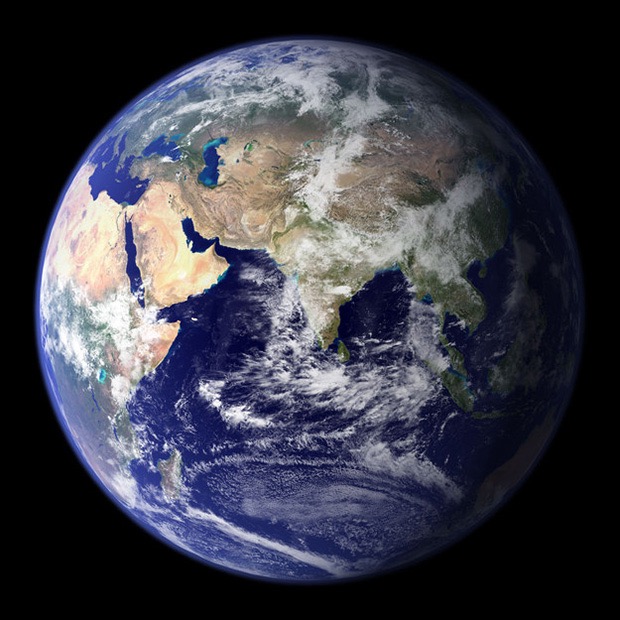
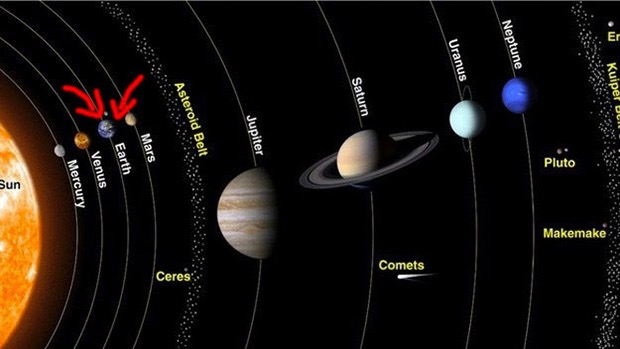

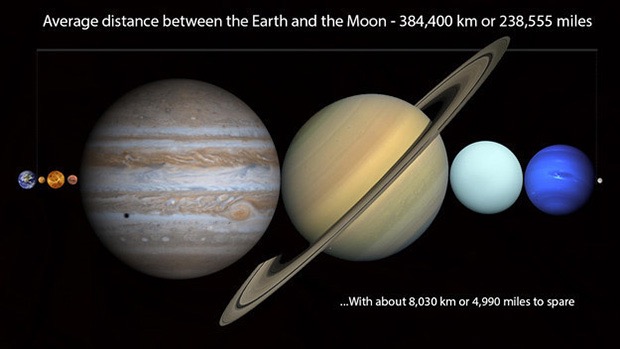

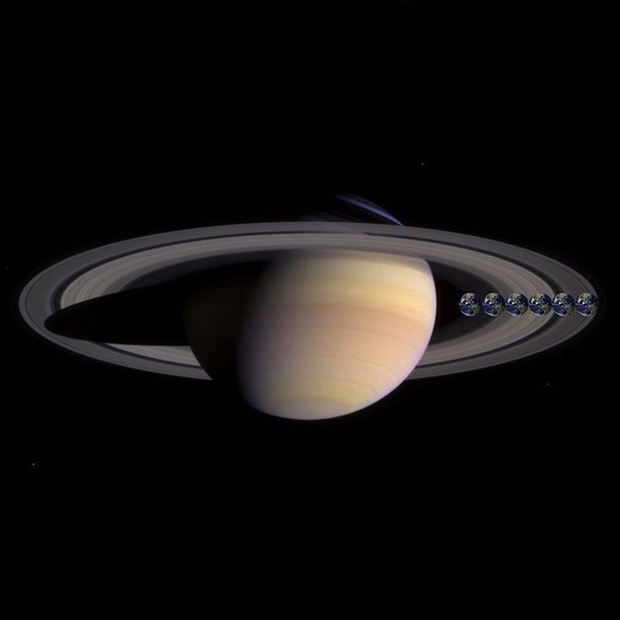
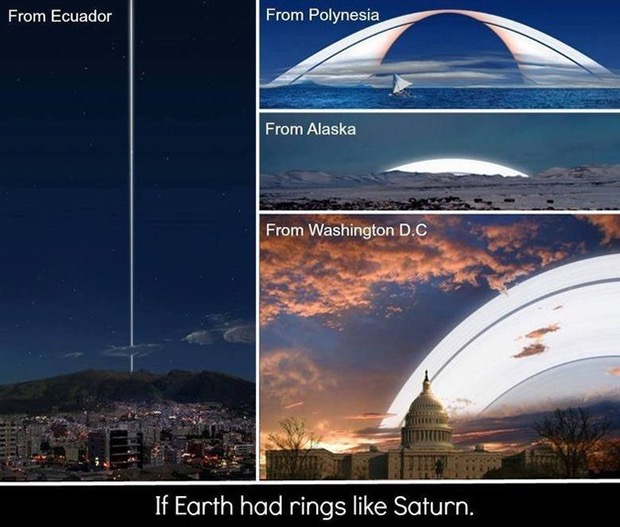
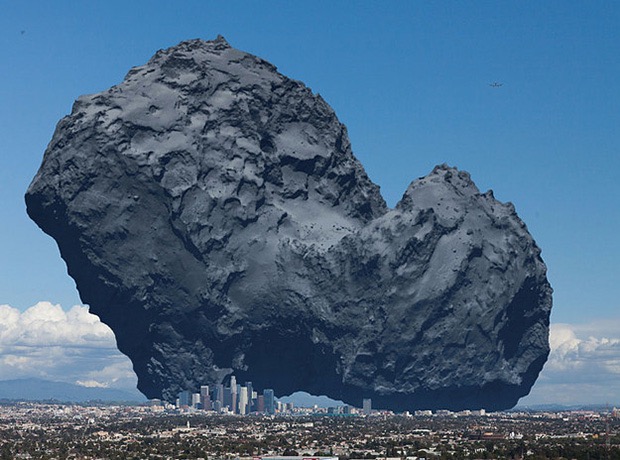

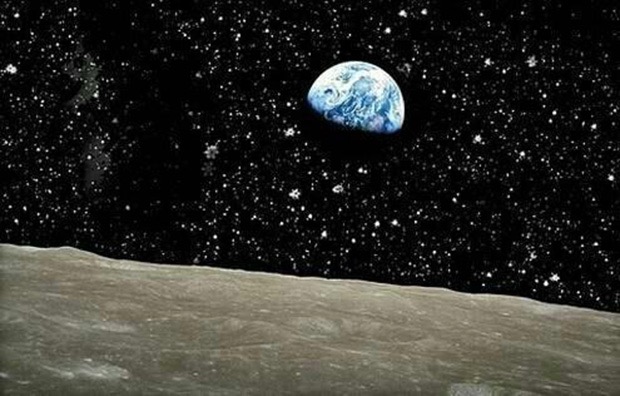
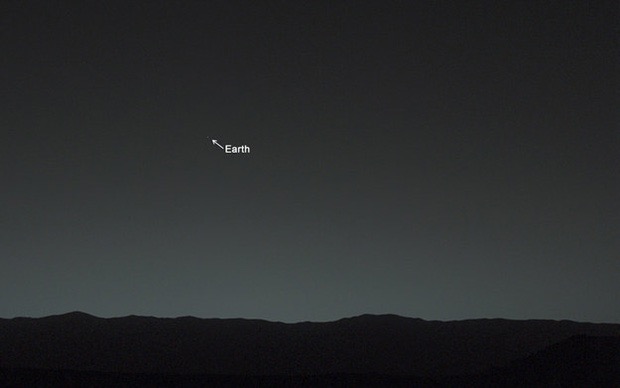
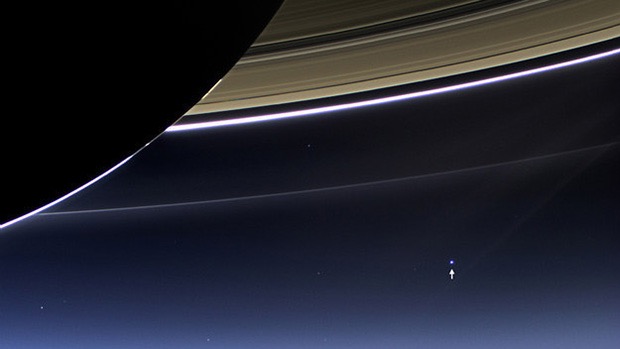
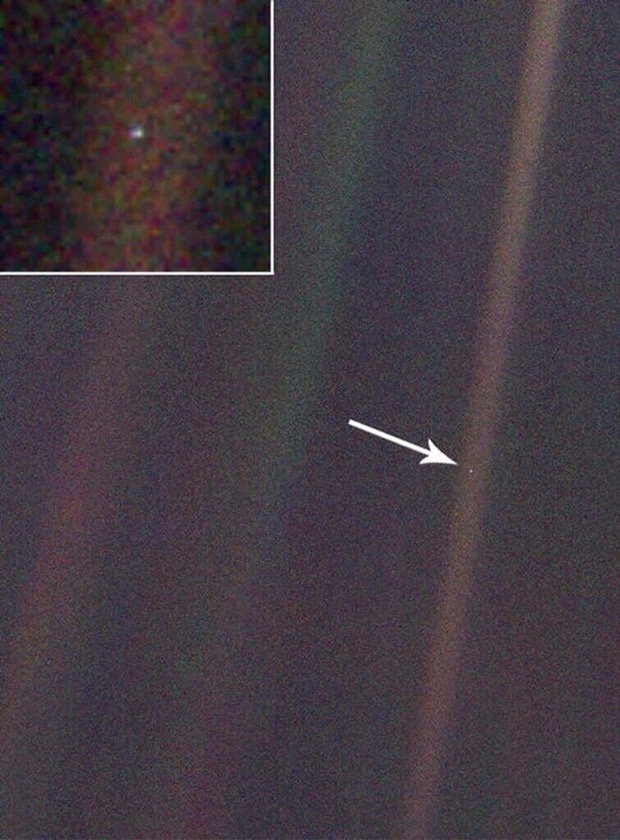
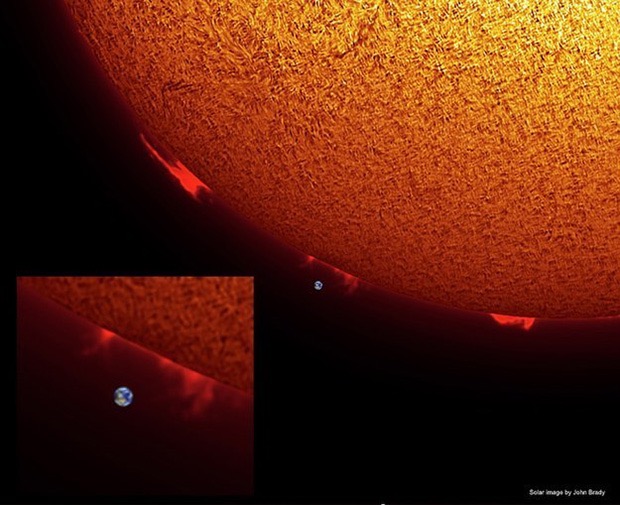
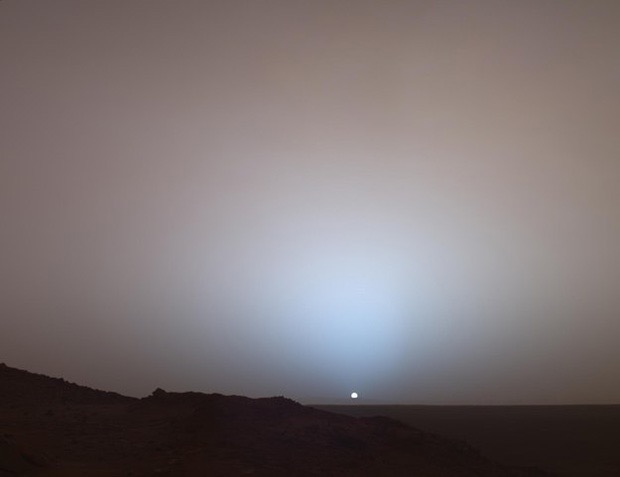
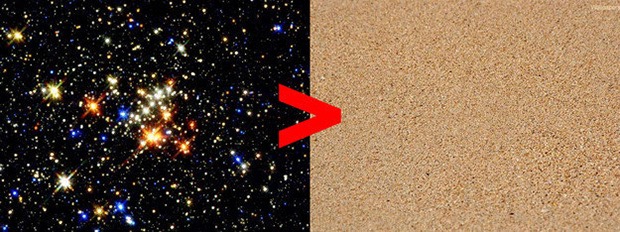
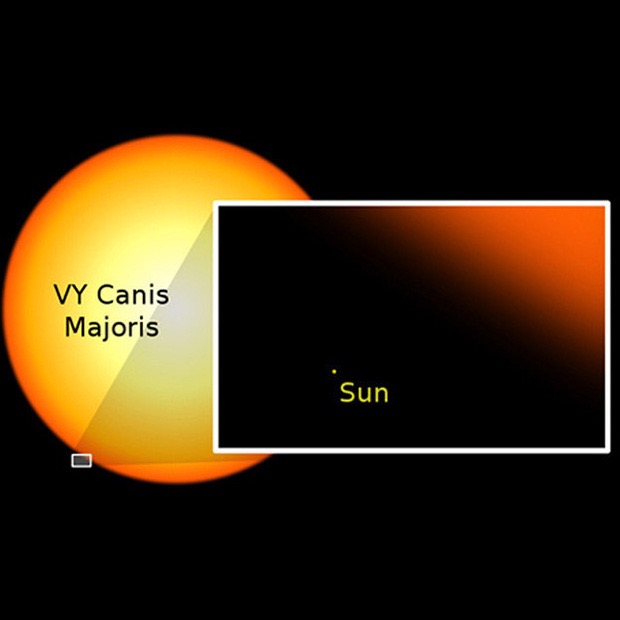
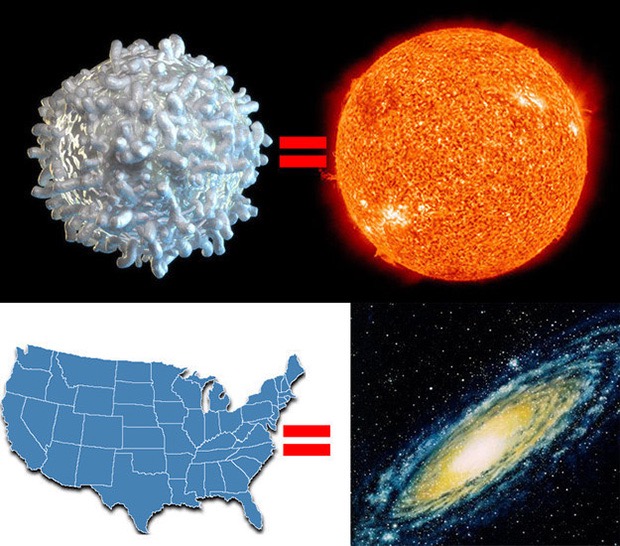
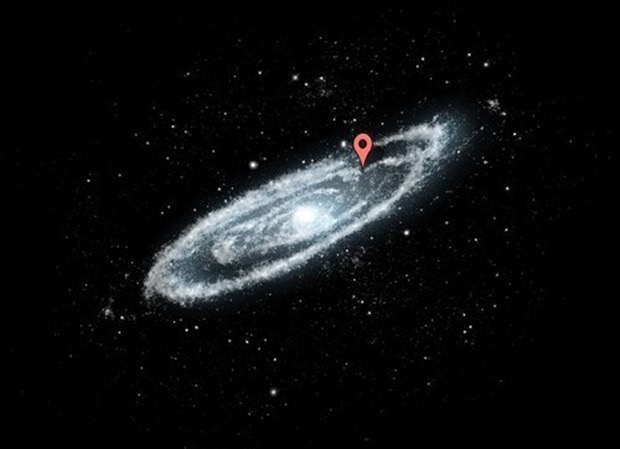
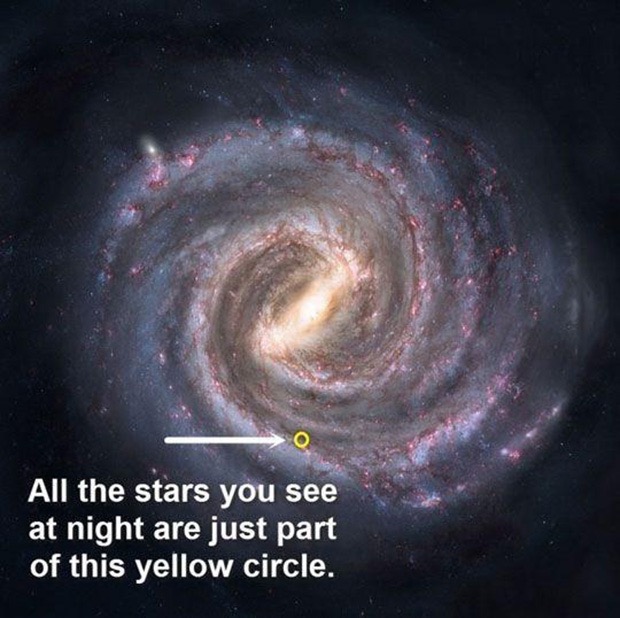
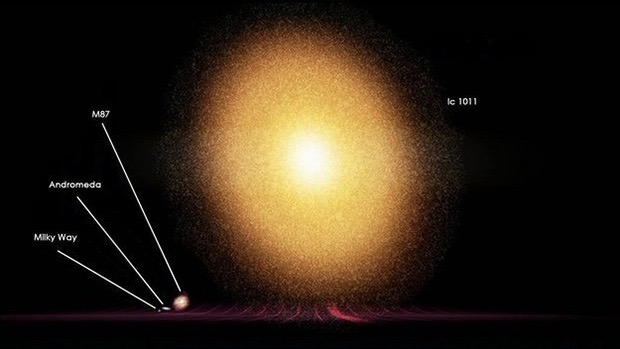
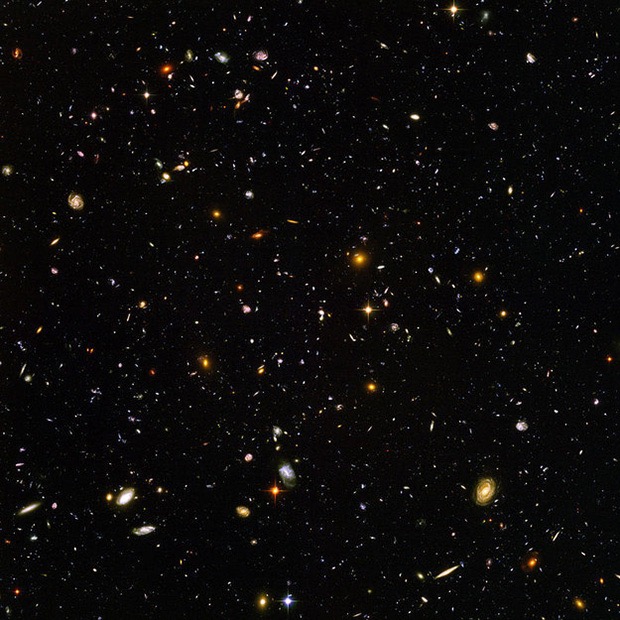

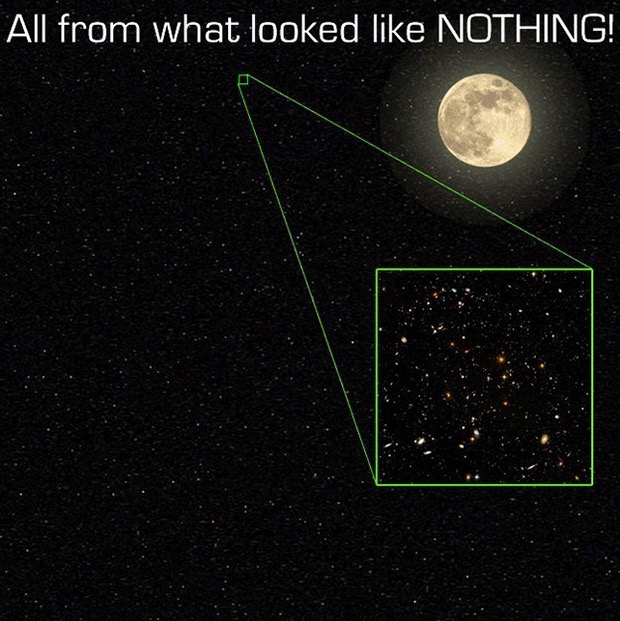
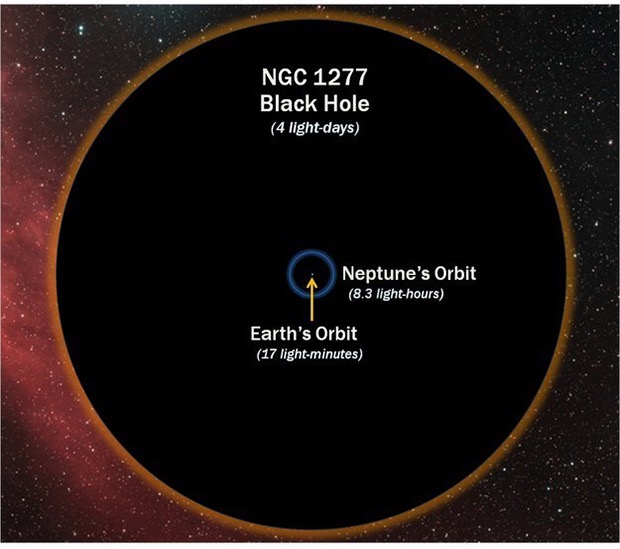
![photo credits: Andrew Z. Colvin (Own work) [CC-BY-SA-3.0], via Wikimedia Commons](http://justsomething.co/wp-content/uploads/2014/12/we-are-tiny-33.jpg)
![photo credits: Andrew Z. Colvin (Own work) [CC-BY-SA-3.0], via Wikimedia Commons](http://justsomething.co/wp-content/uploads/2014/12/we-are-tiny-6.jpg)
![photo credits: Andrew Z. Colvin (Own work) [CC-BY-SA-3.0], via Wikimedia Commons](http://justsomething.co/wp-content/uploads/2014/12/we-are-tiny-4.jpg)
![photo credits: Andrew Z. Colvin (Own work) [CC-BY-SA-3.0], via Wikimedia Commons](http://justsomething.co/wp-content/uploads/2014/12/we-are-tiny-8.jpg)
![photo credits: Andrew Z. Colvin (Own work) [CC-BY-SA-3.0], via Wikimedia Commons](http://justsomething.co/wp-content/uploads/2014/12/we-are-tiny-7.jpg)
![photo credits: Andrew Z. Colvin (Own work) [CC-BY-SA-3.0], via Wikimedia Commons](http://justsomething.co/wp-content/uploads/2014/12/we-are-tiny-5.jpg)
![photo credits: Andrew Z. Colvin (Own work) [CC-BY-SA-3.0], via Wikimedia Commons](http://justsomething.co/wp-content/uploads/2014/12/we-are-tiny-1.jpg)
![photo credits: Andrew Z. Colvin (Own work) [CC-BY-SA-3.0], via Wikimedia Commons](http://justsomething.co/wp-content/uploads/2014/12/we-are-tiny-2.jpg)


